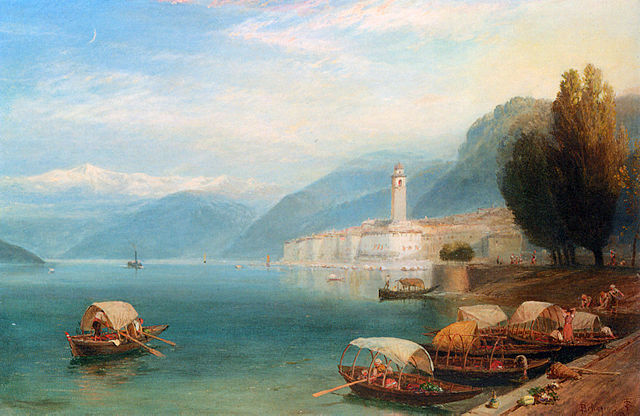Florence - Piazza della Signoria
Day 11, 12 & 13 - Exploring Florence
Piazza della Signoria
"More than any other piazza in Italy, the Piazza della Signoria evokes the antique world, not only in the colossal deified statues - the David, the Neptune, the hideous Hercules and Cacus, but in the sober Loggia, with its three lovely full arches and its series of statuary groups in bronze and marble. Some are antique Greek and Roman; some are Renaissance; some belong to the Mannerist epoch; one to the nineteenth century. Yet, there is no disharmony among them." from The Stones of Florence 1959
Piazza della Signoria is located halfway between the Duomo and the Arno River and represents, together with the Palace, the heart of Florence's political life. The square is L-shaped and is the place where every day thousands of tourists meet to visit the Uffizi Gallery, the Fountain of Neptune, the Loggia della Signoria and the centuries-old Vecchio palace and more.
Palazzo della Signoria
Also known as Vecchio or Old Palace, it is the Florence City Hall, a museum, and one of the most visited monuments of the Renaissance period. The massive, crenelated building was completed in 1302 by Arnolfo di Cambio. It is connected to the Palazzo Pitti via the Vasari Corridor, an enclosed passageway that crosses the Arno River.
Palazzo della Signoria
Also known as Vecchio or Old Palace, it is the Florence City Hall, a museum, and one of the most visited monuments of the Renaissance period. The massive, crenelated building was completed in 1302 by Arnolfo di Cambio. It is connected to the Palazzo Pitti via the Vasari Corridor, an enclosed passageway that crosses the Arno River.
Loggia della Signoria
The 14thC stone building was used to host public meetings and ceremonies. Later it was transformed into an open-air sculpture gallery.
Il Biancone - The White Giant
This Fountain of Neptune was created as an allusion to Florence's dominion over the sea.
Michelangelo's David
This copy stands in front of the Palazzo Vecchio. Many original sculptures have
been moved to museums and palaces for safe keeping, so what we see may be copies.
This copy stands in front of the Palazzo Vecchio. Many original sculptures have
been moved to museums and palaces for safe keeping, so what we see may be copies.
Perseus
The muscular figure of Perseus holds high the decapitated head of Medusa,
whose glance turned people to stone.
The muscular figure of Perseus holds high the decapitated head of Medusa,
whose glance turned people to stone.
Rape of a Sabine
An example of a "serpentinata" whereby three figures are linked in a twisted, spiral-like composition. The term 'rape' could be interpreted as 'abduction'.
An example of a "serpentinata" whereby three figures are linked in a twisted, spiral-like composition. The term 'rape' could be interpreted as 'abduction'.
Hercules and Cacus
In Roman mythology, Cacus was a terrorizing, fire-breathing giant. The Medici family commissioned this piece of Hercules killing the monster as a symbol of the family's strength
In Roman mythology, Cacus was a terrorizing, fire-breathing giant. The Medici family commissioned this piece of Hercules killing the monster as a symbol of the family's strength
Cosimo l de' Medici
The fiercely proud Grand Duke of Tuscany astride his powerful steed.
The fiercely proud Grand Duke of Tuscany astride his powerful steed.
In front of the Fountain of Neptune, on the pavement, is a round marble plaque marking the spot where Savonarola was hanged and burned.
Photo credits in order:













Comments
Post a Comment